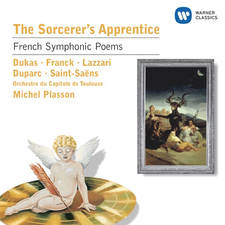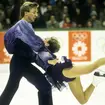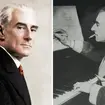Maurice Ravel: Piano Concerto in G
Ravel’s Piano Concerto in G was always intended to be a frivolous work. In contrast to many of the concertos of his day, what Ravel was aiming to write was something light, fanciful and not inherently serious: ‘In the spirit’, as he said, ‘of Mozart and Saint-Saëns’.
It certainly wasn’t composed in a throwaway manner, though. On the contrary, Ravel mulled over his ideas for the concerto for a full three years.
In 1928, the composer returned from his tour of America and visited Oxford, where he began to consider writing a piano concerto.
The process was rather stop–start: after the initial idea, it went on the back-burner in 1929, only for Ravel to then become distracted by the composition of his ingenious Piano Concerto for the Left Hand. In 1930, work on the G major concerto resumed again – but he didn’t finish it until 1931.
The light-hearted nature of the concerto is confirmed from the first sound we hear in the opening movement: a playful, percussive whip-crack. The work is jazz-tinged in the outer movements. In between, a slow movement of serene beauty confirms Ravel’s status as a master of melody. ‘That flowing phrase!’ he apparently commented. ‘How I worked over it bar by bar! It nearly killed me!’
Recommended Recording
Krystian Zimmerman (piano); London Symphony Orchestra; Pierre Boulez (conductor). Deutsche Grammophon:
DG 4492132.
Illustration: Mark Millington



















